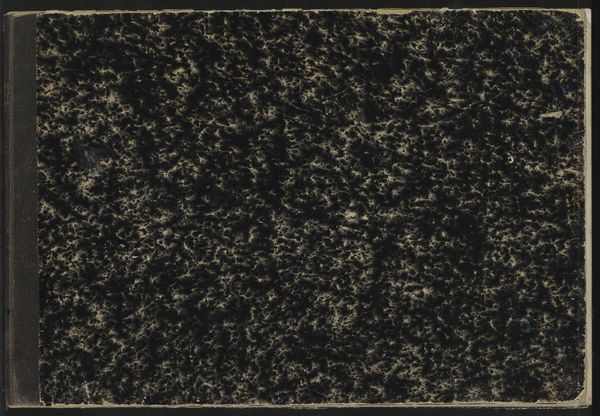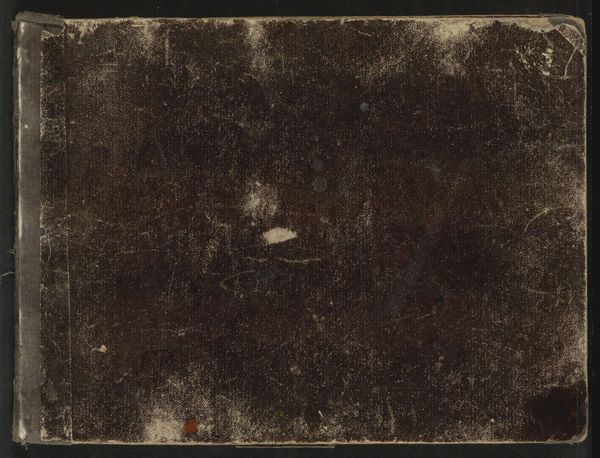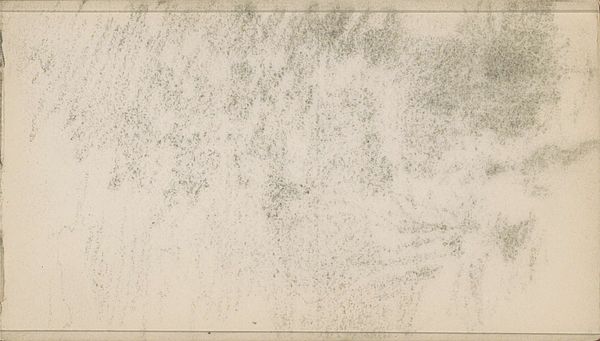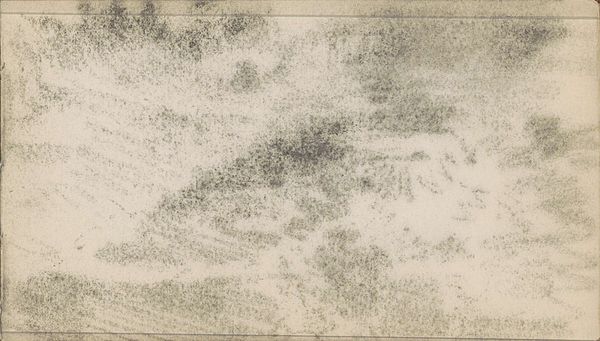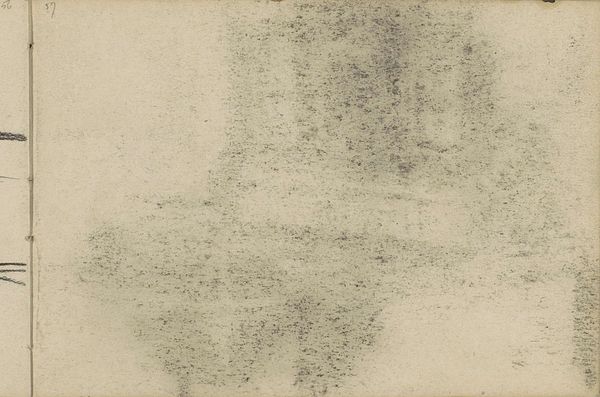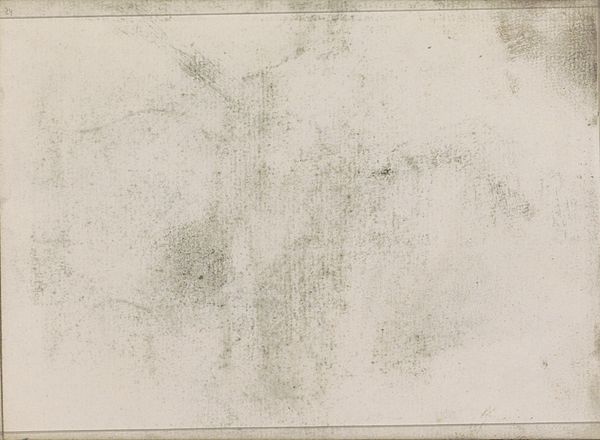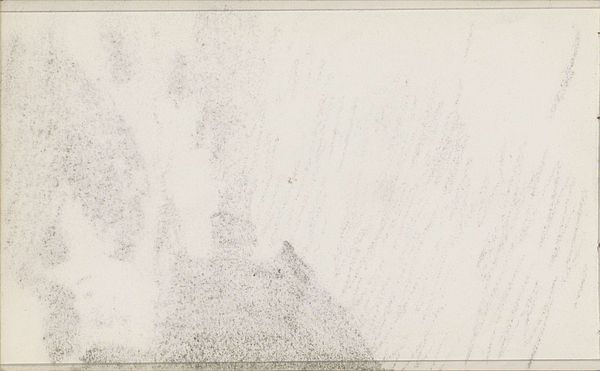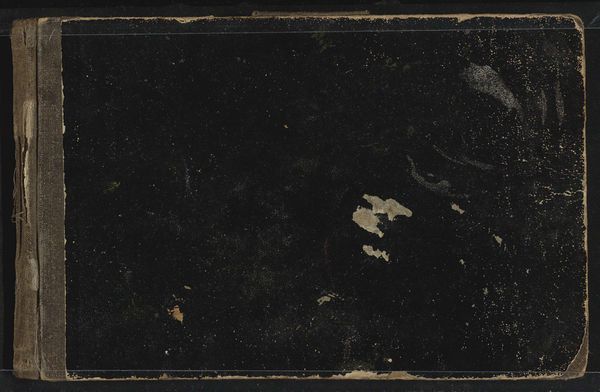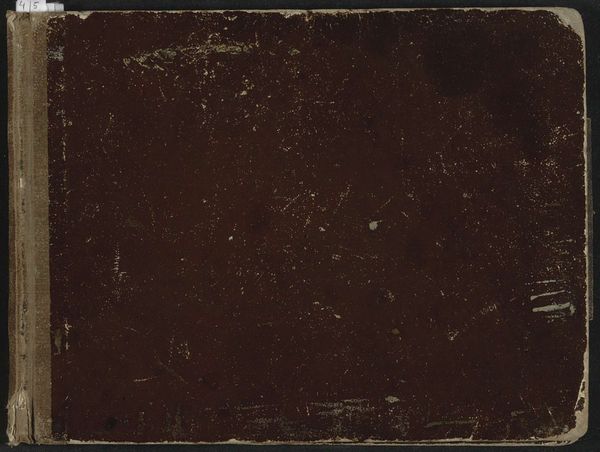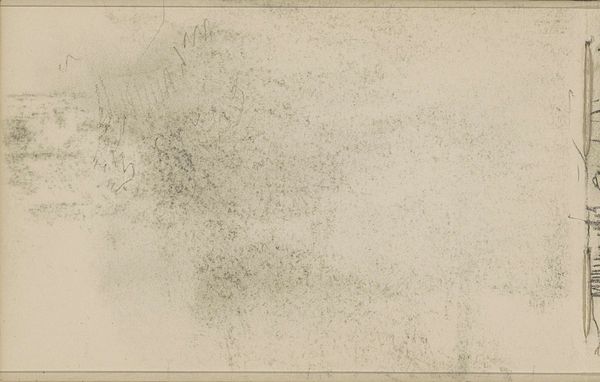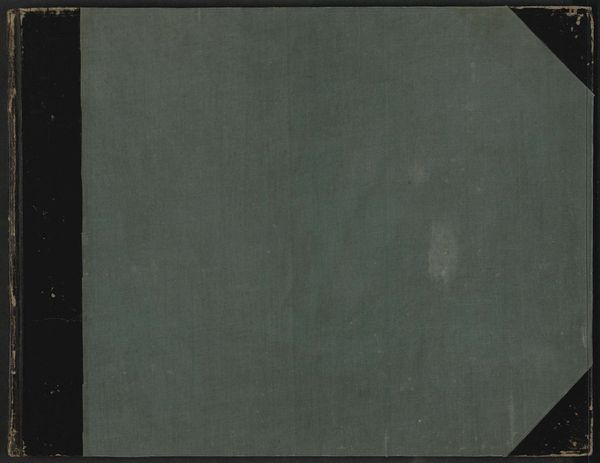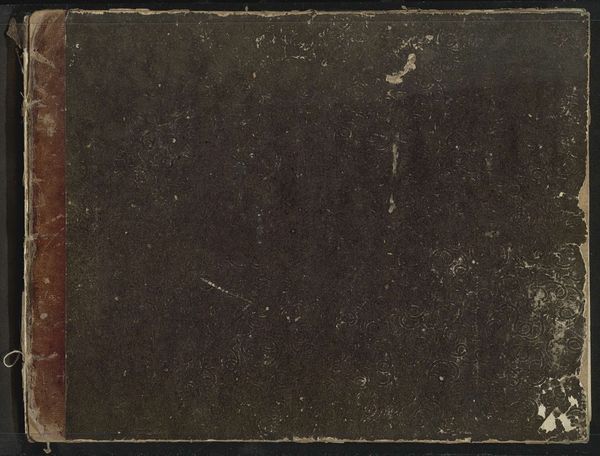
drawing, paper, frottage
#
drawing
#
impressionism
#
paper
#
frottage
Dimensions: height 285 mm, width 425 mm, thickness 16 mm, width 850 mm
Copyright: Rijks Museum: Open Domain
Editor: Here we have "Sketchbook with 17 sheets" by Willem Witsen, dating from around 1887 to 1892. It's made of paper and includes drawings and frottage. It looks pretty old and used, kind of worn. What can you tell me about this piece? Curator: I'm immediately drawn to the materiality of this sketchbook. It speaks volumes about the artistic process. Note the cover: a marbled pattern, possibly mass-produced. This detail challenges the romantic notion of the artist working solely with precious materials. What does this seemingly mundane cover suggest about Witsen's working methods and perhaps even his social milieu? Editor: It’s just a sketchbook, right? Why focus so much on the cover? Curator: Exactly! Why *not*? It’s easy to overlook the significance of everyday objects, but consider the social context: paper production, bookbinding techniques… These were industries reliant on labor. By choosing this specific sketchbook, Witsen engaged with the material realities of his time, blurring the line between 'high art' and the industrial world. Were these mass produced materials widely available and affordable? Editor: I see your point. Focusing on the materials really makes you think about art making in a different way, it gets you thinking about a maker’s perspective rather than focusing just on an artistic outcome. Thanks! Curator: Precisely. The seemingly simple object opens up questions about production, consumption, and the very definition of art in the late 19th century. We see a deconstruction of traditional values when we shift to focus on these material processes.
Comments
No comments
Be the first to comment and join the conversation on the ultimate creative platform.
